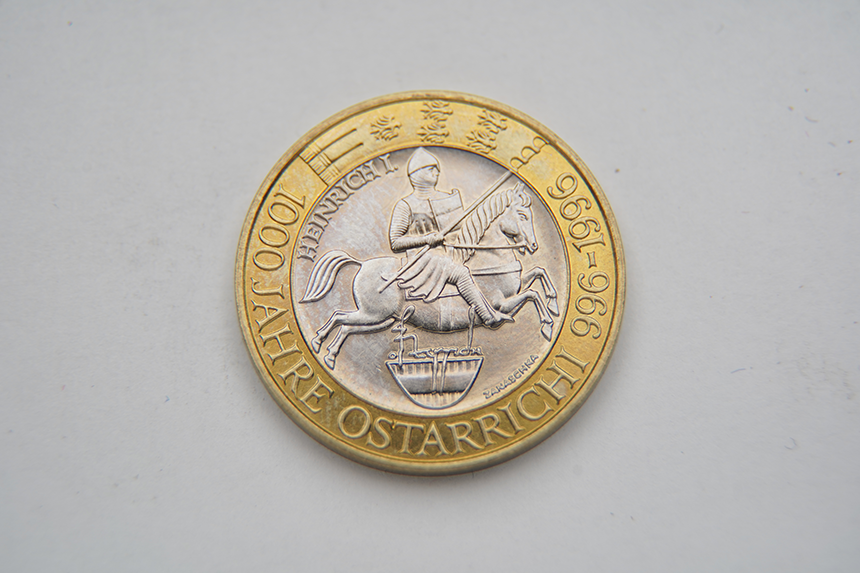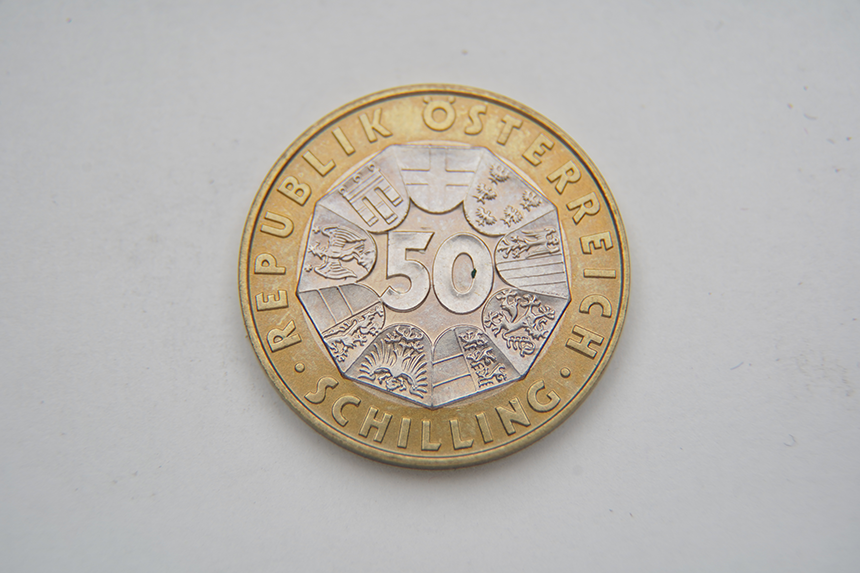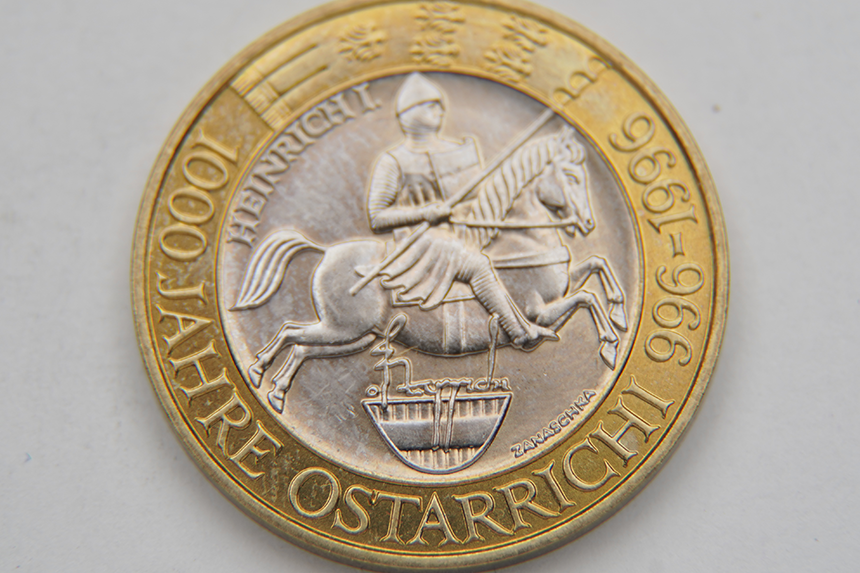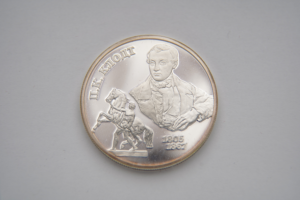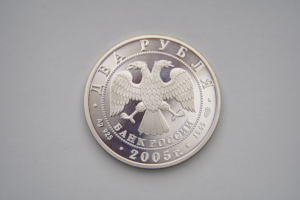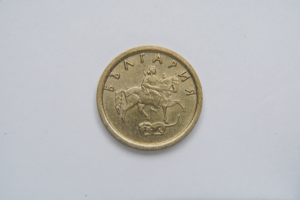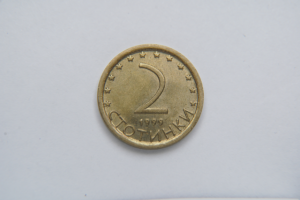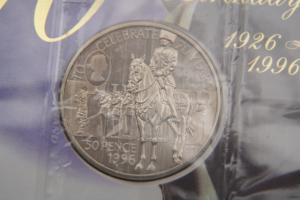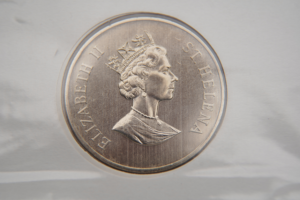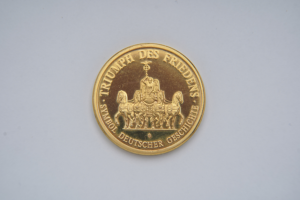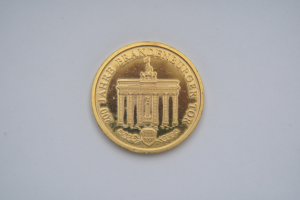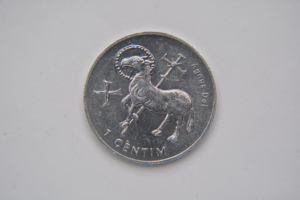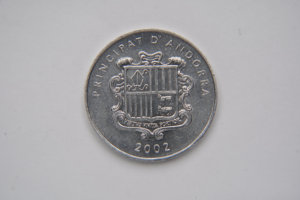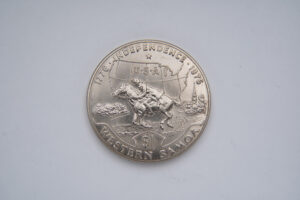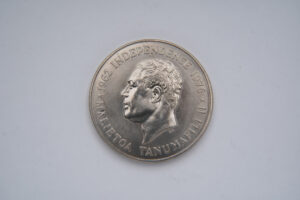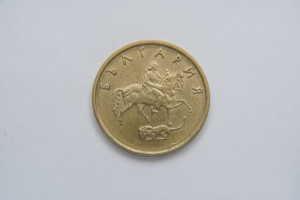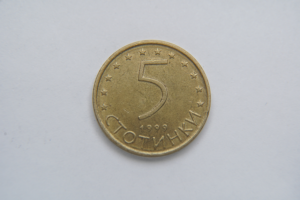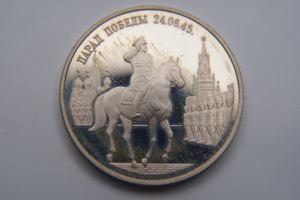The history of the Viennese Waltz.
Obverse of the coin.
Big size of reverse of the coin.
More information
The history of the Viennese Waltz.
So here we have the Austrian shilling, nominal - 50. The year of issue of this coin is 1996, Mint: Vienna, Austria. Total circulation – 900.000. The coin commemorates the 1000th anniversary of the Austrian state.
The Viennese waltz, so called to distinguish it from the waltz and the French waltz, is the oldest of the current ballroom dances. It emerged in the second half of the 18th century from the German dance and the Ländler in Austria and was both popular and subject to criticism.
At that time, the waltz, as described in a magazine from 1799, was performed by dancers who held on to their long gowns to prevent them from dragging or being stepped on. The dancers would lift their dresses and hold them high like cloaks, and this would bring both their bodies under one cover. This action also required the dancers' bodies to be very close together, and this closeness attracted moral disparagement.
In 1797, Wolf published a pamphlet against the dance entitled "Proof that Waltzing is the Main Source of Weakness of the Body and Mind of our Generation". But even when faced with all this negativity, it became very popular in Vienna. Large dance halls like the Zum Sperl in 1807 and the Apollo in 1808 were opened to provide space for thousands of dancers.
The dance reached and spread to England sometime before 1812. It was introduced as the German waltz and became a huge hit. It gained ground through the Congress of Vienna at the beginning of the 19th century and by the famous compositions by Josef Lanner, Johann Strauss I and his son, Johann Strauss II.
Object data
Title
The history of the Viennese Waltz.
Artist
Obverse: Herbert Wähner, reverse: Andreas I. Zanaschka.
Founder
Vienna, Austria.
Date
1996.
Culture
Austria.
Medium
Centre: cooper-nickel. Ring: Aluminum-bronze.
Dimensions
8.15x26.5x2.1.
Classification
Coin.

